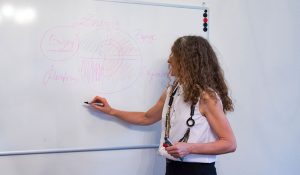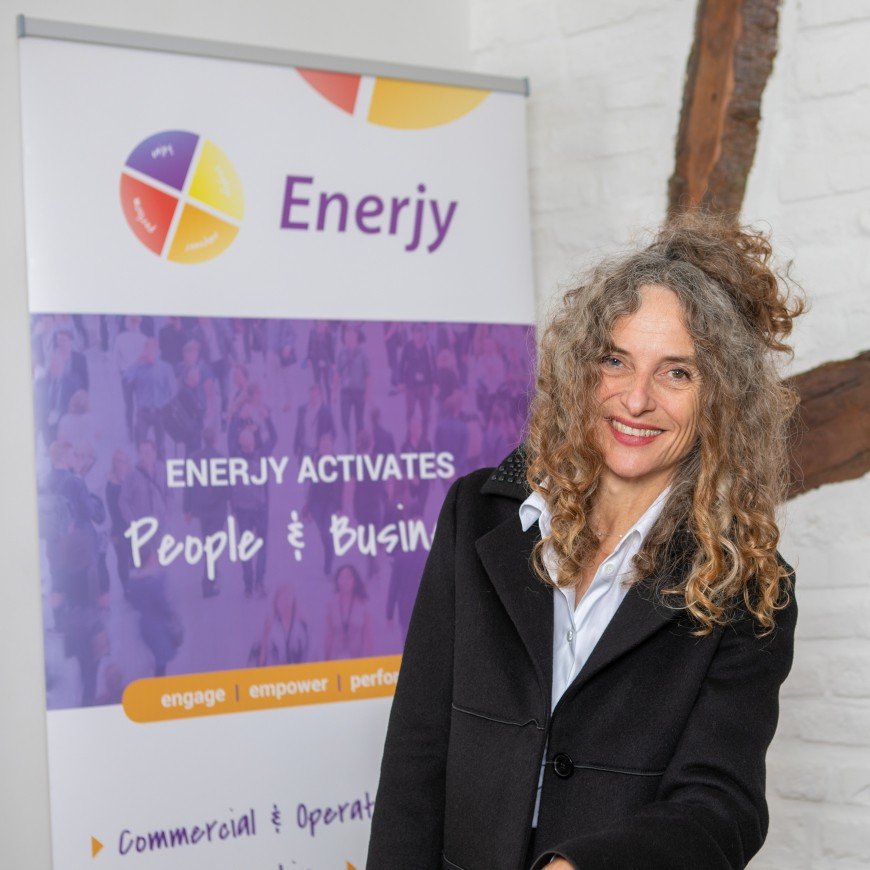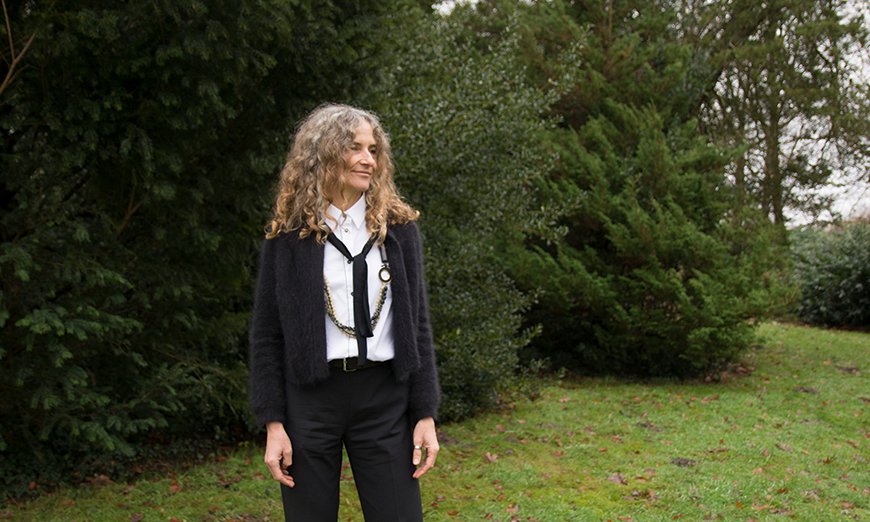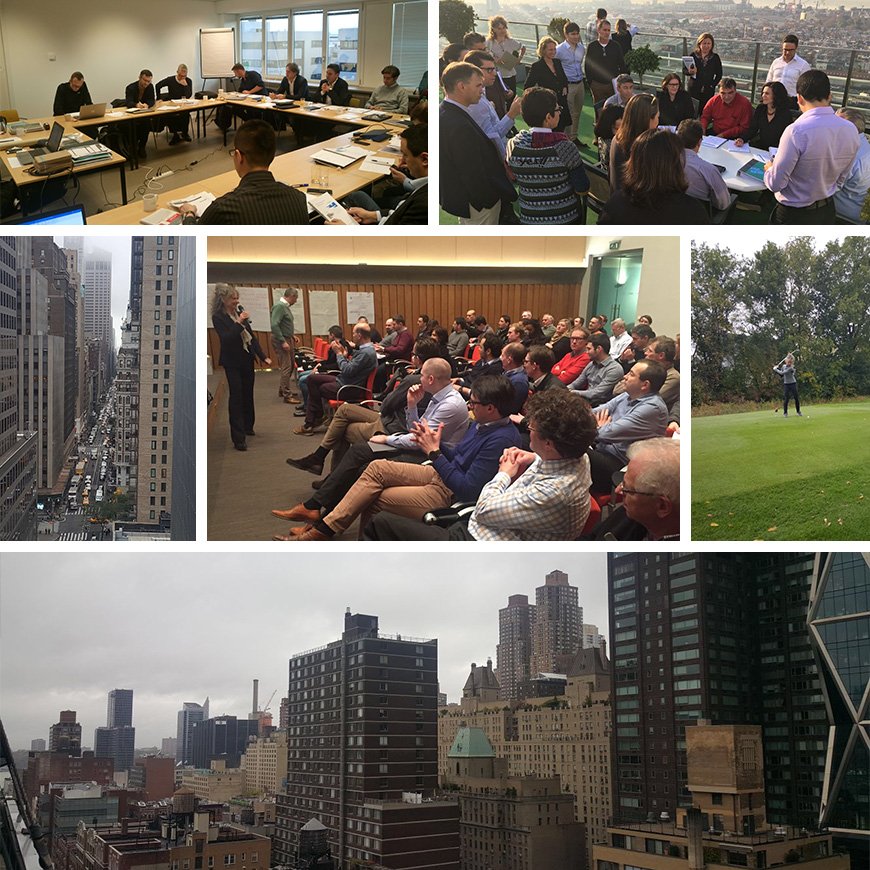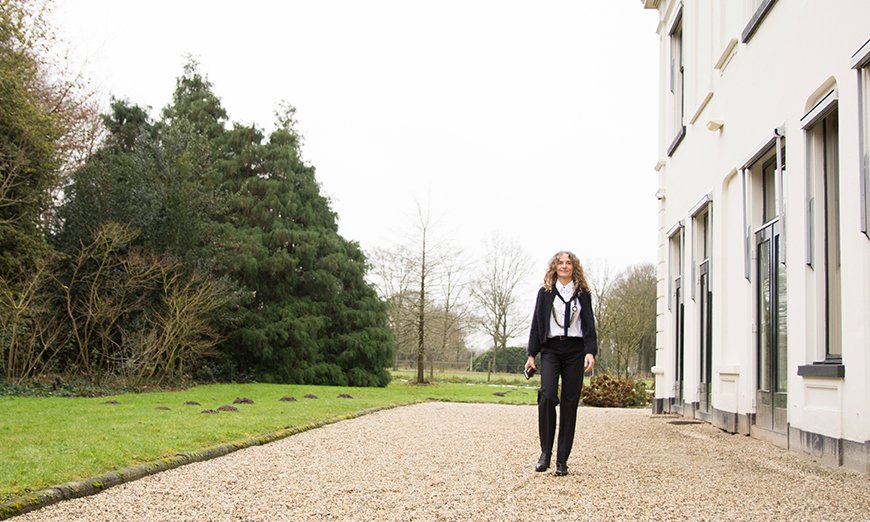
Groups have always fascinated me – groups can make me feel uncomfortable because of a certain hostility towards participation, alternatively they feel like a warm bath in a very cold winter as they embrace you. Because of these biased feeling towards groups and how they work I have made a life time study of group behavior and how to best interact with groups and their members in order to get things done.
In all honesty the bias stems mostly from my extreme love of freedom to do what I want to do. Groups by definition do not like that. They like their group members to do what the group needs them to do – and that is not necessarily beneficial to accommodate change or innovation. My observations are twofold – firstly:
1. Groups have a tendency to be conservative
2. Individuals that stand out can be easily treated as outliers
If the process stops here, the outlier easily becomes an outcast and it will be difficult to use this persona as an advocate for the desired change as the group does not accept this and closes her circle, dismissing the opportunity to change and adopt new practices. I have seen this happen in organizations with low levels of trust, high levels of uncertainty and defensiveness. In organisations were groups nurture a less defensive culture, the process can be continued as there is more openness to change and diversity. The “early adopter” or “outlier” can support alternative behaviors or direction of the group:
3. Once the outlier shows success – the group will adopt him/her back and co-inherit the success –
4. The outlier now serves as a role model for others and someone to be proud of having as a group member
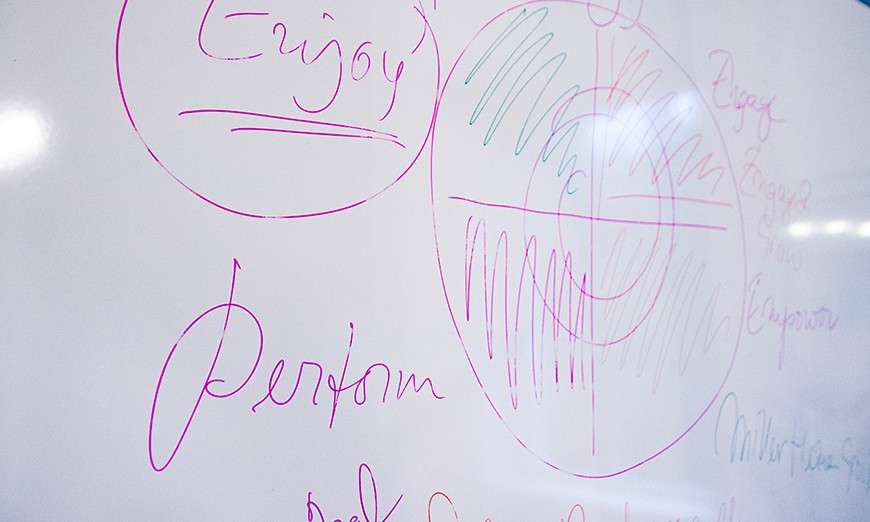
Success has many fathers, but failure is an orphan..
In my activities as a trainer in sports and business I have noticed that the influence of groups in the willingness to deal with an uneasy situation and putting an effort, is tremendous – to the good and to the detriment of things. Without being theoretical about it – there are a huge amount of social and psychological influences and drivers that make up for group interactions and behaviors – to be summarized in what we can call “group culture”. “Group culture” is defined by group values and protected and defended by group members or any other social influences that can profit from this existing group entity. In organizations groups formalized in departments, business units, teams etcetera should not be mistakenly held as bearers of “group culture” – the informal drivers and structures are far more influential.
Culture eats Strategy for Breakfast
Good leaders have a talent to spot and make use of “Group Culture” to get things done. Superb leaders have a talent to inspire “Group Culture” and let it work for them.
The Greatest leaders however are in my opinion those who are able to change “Group Culture” from being self centered, defensive and hostile into open, diverse and inclusive – not by firing and hiring, but by working together and developing those powers within their people that make them strong and enable them to resist group defense mechanisms such as excluding others and being hostile to new conditions.
If you want to win as an organization you need to let your people play the game: Engage, Empower, Perform, Enjoy together in order to establish best results and performance.
Marja van Soest has been working as a director, trainer, consultant and coach in international Sales, Service and Leadership for over 25 years for a diversity of companies and audiences. Parallel to her business career Marja is a sports trainer specializing in In and Outdoor Cycling. Combining her passion for sports, groups, individual and organizational performance Marja developed a highly effective model on Motivation and Engagement underlying coaching, training and leadership interventions in organizational and personal change and development initiatives: Engage, Empower, Perform, Enjoy. Using this model to empower leaders to build a culture of trust is her inspiration for both business and sports practices.



